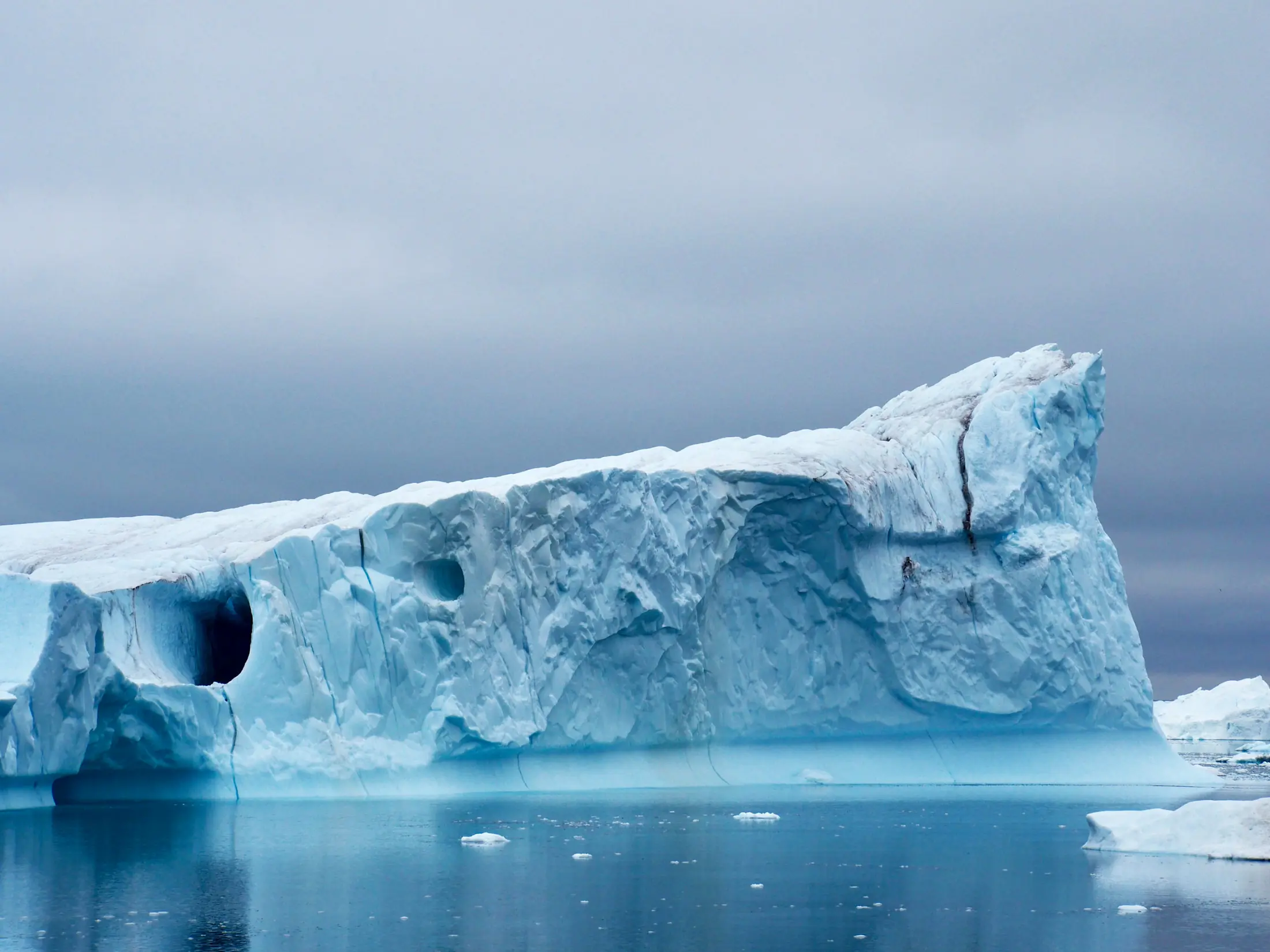The Challenge
Under climate change, the AIS experiences mass balance loss, but with large uncertainty. Moreover, several key products related to AIS mass balance are lacked, such as high-accuracy elevation change data and nearshore bathymetry of the Antarctic, which is covered by ice shelves.
The Solution
In view of the increasing number of satellite and airborne observations in Antarctica and the increasing demand for ground validation, this initiative integrates large-scale, long-term satellite observations, high-precision ice surface monitoring data, and airborne geophysical observations of Antarctica and its surroundings to build a comprehensive observation system for the AIS and surrounding oceans. The initiative will develop new algorithms to reduce the uncertainty in mass balance estimation of AIS. The products will include Mass Balance Estimation, Seafloor Topography Estimation from Airborne Gravity and Real-time Monitoring of Ice Surface Elevation.













